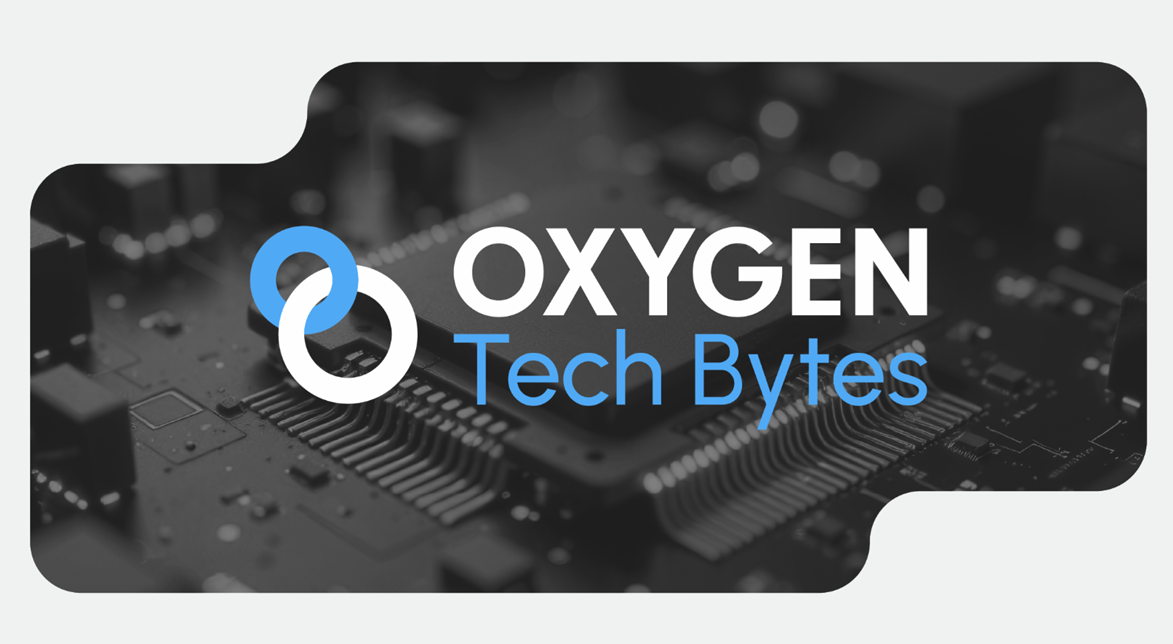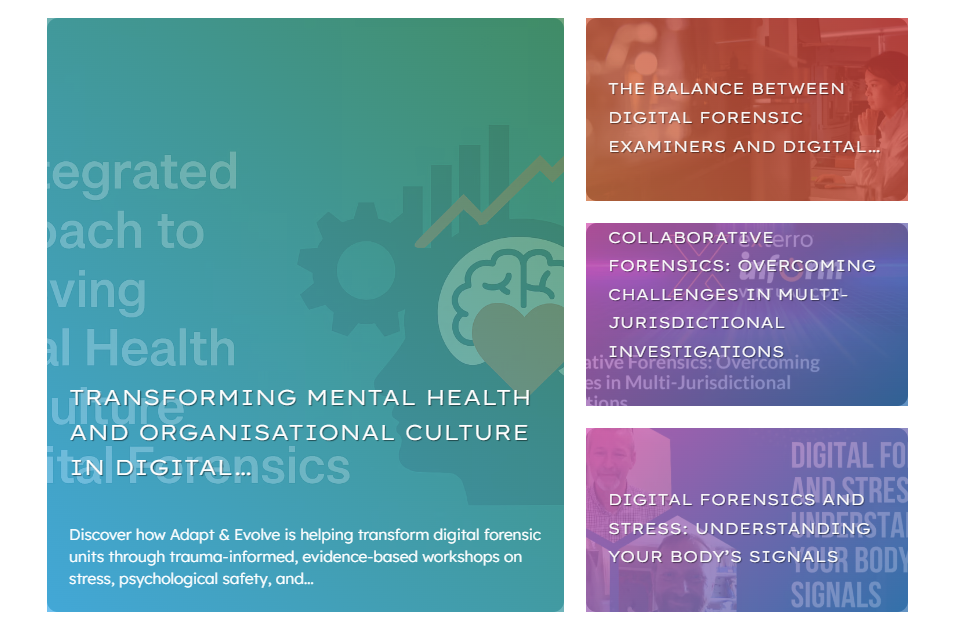
Hannah Bailey shares her journey from frontline policing to founding Blue Light Wellbeing, explaining why culturally-aware mental health support is crucial for DFIs and frontline workers....

12th August 2025
Level up your DFIR skills in under 20 minutes with Oxygen Tech Bytes’ expert-led, on-demand webinars....read more

11th August 2025
Neal Ysart shares how The Coalition of Cyber Investigators tackles OSINT integrity, complex investment fraud, and the rise of AI-driven scams....read more

8th August 2025
Discover what’s new on Forensic Focus – explore the balance between expertise and efficiency in digital forensics, tackle the challenges of multi-jurisdictional investigations, and learn how transforming organisational culture can improve mental health in the field....read more